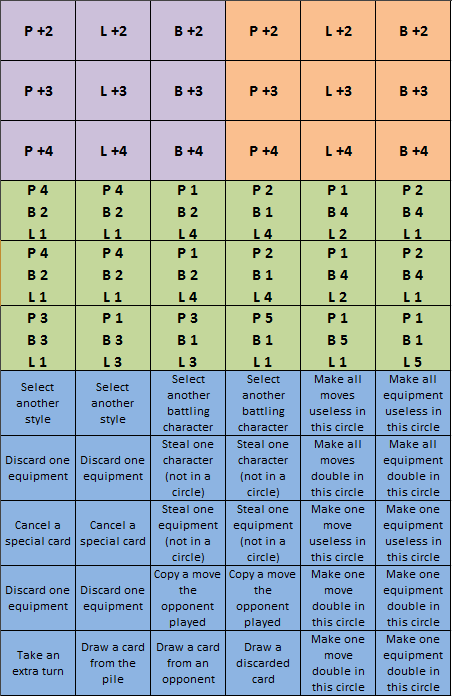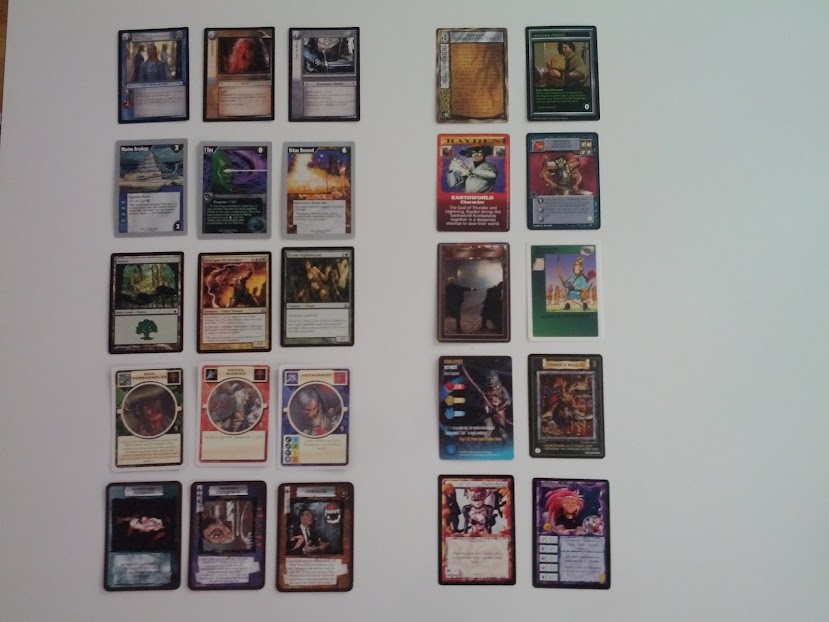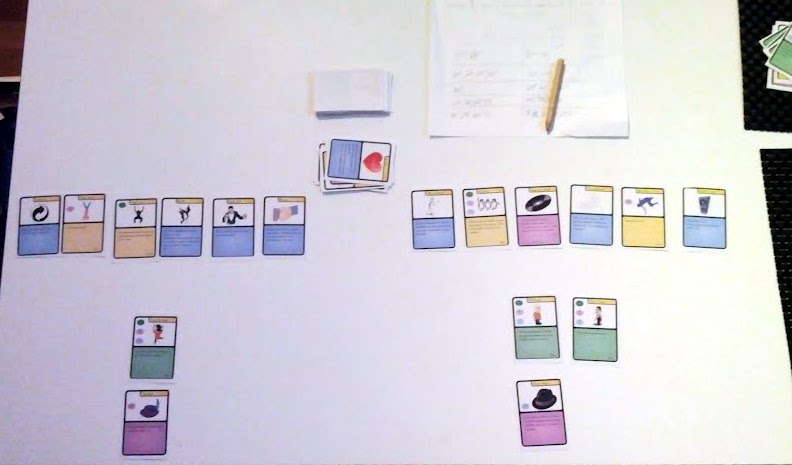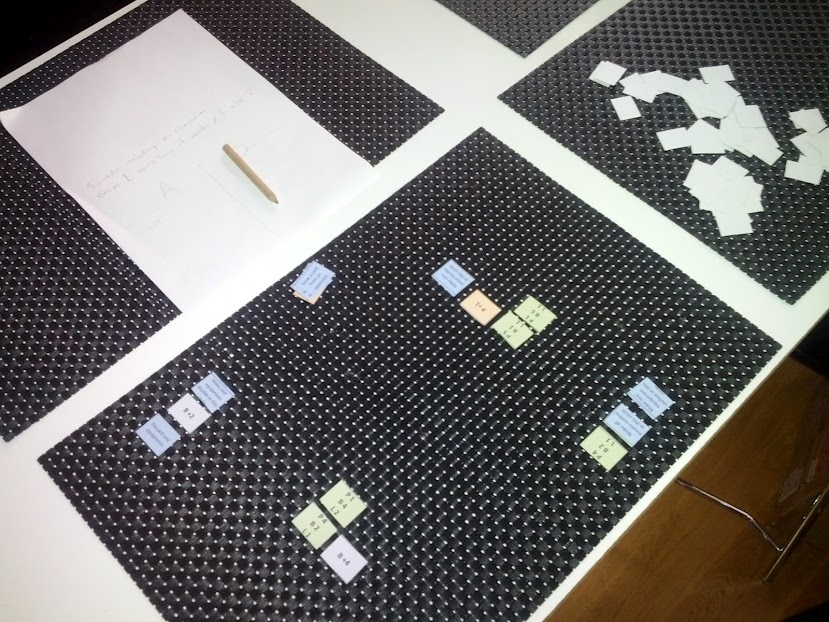Jag har hållt på ett par kvällar med att försöka få lite insikt i programmeringsspråket PHP. Och jag har hittat en bra sajt som jag gärna vill dela med mig av! Codecademy. Förutom PHP som jag håller på med erbjuder de kurser i en en hel del annat, till exempel Javascript, Python, HTML och CSS för att bara nämna några.
Det är väldigt enkelt upplagt, och momenten är små så att man lätta kan beta av dem och ta sig framåt. I prinicip går varje delmoment ut på att man får läsa mycket kort om något nytt, det är inte långt alls, bara et stycke och de är noga med att man får bara lagom mycket nytt så att man lätt kan greppa det. Sedan får man en lite uppgift man ska lösa. Till det har man två parallella vyer; en där själva koden är och den där man kan se vad den levererar. Man skriver tills man är nöjd och anger att man är klar och får då reda på om man lyckats eller inte. Känns det klurigt finns det chans att be om ledtrådar.
När man klarat ett antal sådana små lektioner får man en badge som visar det. Tyvärr gör de samma miss som Duolingo och utfärdar den inte som en OpenBadge så att jag kan “ta med mig” badgen ut ur deras platform och kunna visa upp den på ett verifierbart sätt även på andra ställen. Kanske dags att snoka rätt på var man kan lägga en feature request…
Har du något favoritställe för självstudier? Dela med dig i kommentarerna nedan!





